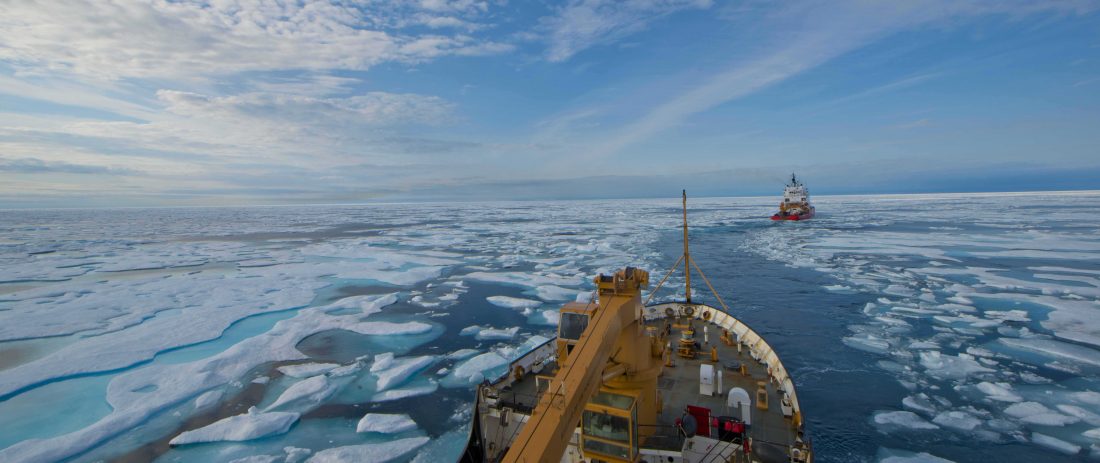Arctic sea ice extent during the summer months has declined considerably over the satellite record.
Surface melt ponds, which form on sea ice during the spring, play an important role in the decay of sea ice and seasonal reduction in ice extent because they influence how much solar radiation is absorbed into the sea ice-ocean system. Specifically, the accumulation of meltwater on the surface of the sea ice lowers the albedo from ~0.8 to between 0.2-0.4 and enhances melt.
A study analyses RADARSAT-2 data over 10 years to assess to what extent melt pond fraction (fp) can be a useful predictor of sea ice area during the summer months.
The investigation was carried out by a team including Jack Landy, one of the #livingplanetfellows whose research project Arctic-SummIT was partially supported by European Space Agency Living Planet Fellowship.
A preprint of the paper is available.
Stephen E.L. Howell, Randall K. Scharien, Jack Landy and Mike Brady: Spring melt pond fraction in the Canadian Arctic Archipelago predicted from RADARSAT-2, The Cryosphere Discuss., https://doi.org/10.5194/tc-2020-171, in review, 2020

